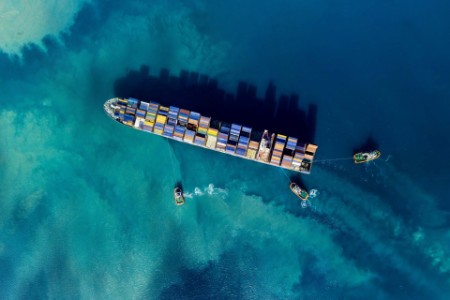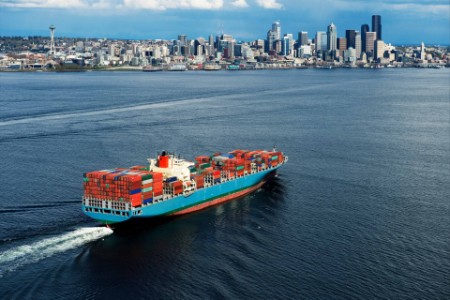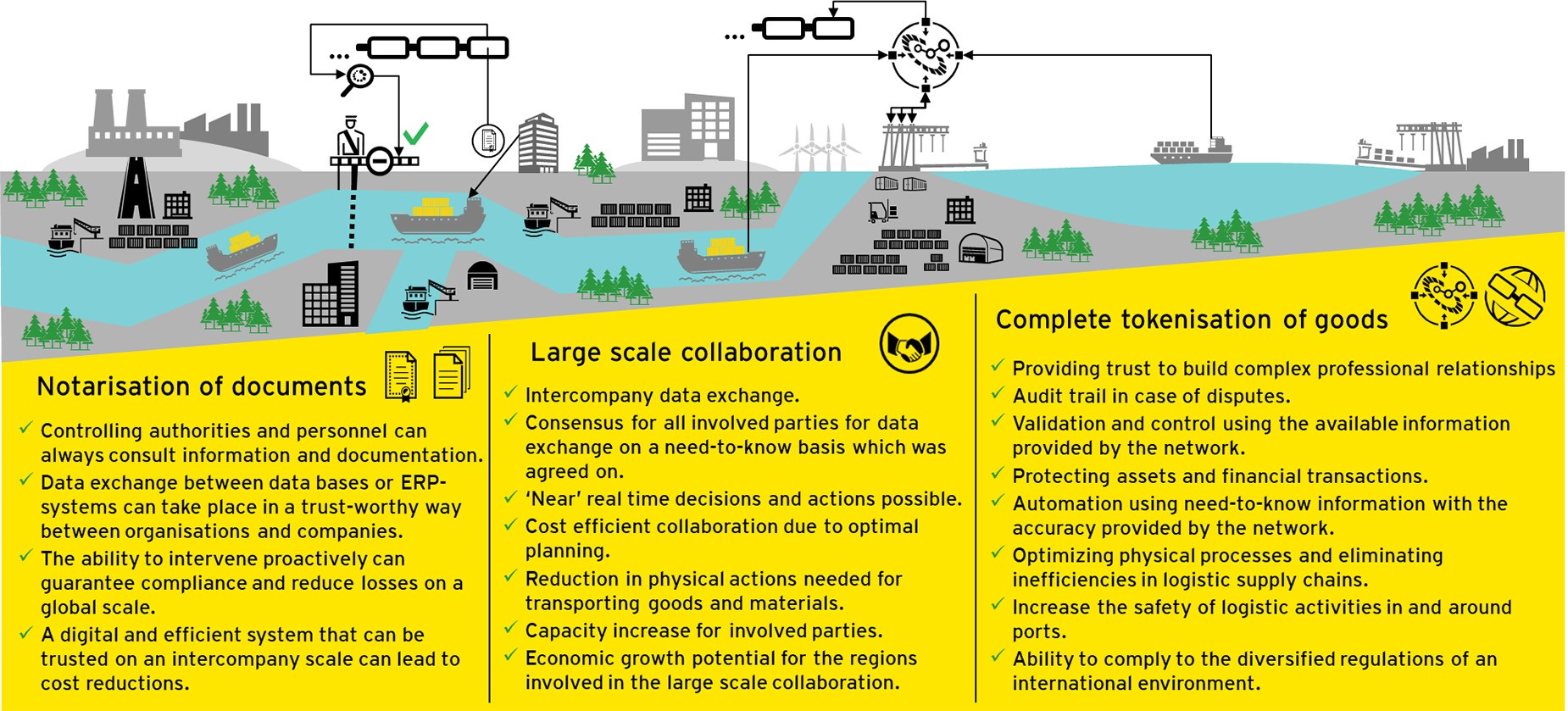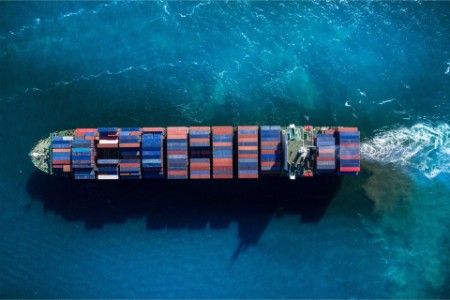
Chapter 1
Blockchain Technology
Blockchain technology was introduced to the world by its first application: Bitcoin, a peer-to-peer network to exchange value.
This brings us to the main requirement of using blockchain technology in applications: to exchange value. What is value for one organisation may not have the same value for others, but using a blockchain (correctly) can guarantee trust and protect the value that is exchanged. The first version of blockchains is are called blockchain 1.0 and is the basis for blockchain’s key properties. Encryption, consensus, decentralisation, time-stamping, immutability and keeping record of every transaction.
The second generation of blockchains 2.0 was about introducing practical functionalities while addressing some limitations like scalability and interoperability. This led to the development of smart contracts and decentralised (autonomous) applications. A recognisable name that can be categorised as blockchain 2.0 is Ethereum. To-date many programmers are still using the Ethereum framework to develop blockchain applications. This generation of blockchains also encompasses the rise of private blockchain networks.
There are a few applications that call themselves the third generation of blockchains. The goal of blockchain 3.0 is to overcome the restrictions of the first and second generation. This is done by using decentralised software architectures that can process transactions instantly, scale infinitely and have maximum decentralisation. From an architecture point of view some solutions are not blockchains anymore but rather a network of linked transactions.

Chapter 2
Impact of blockchain technology
Blockchain technology can have impact on various aspects of logistics due to the combination of the technology’s core properties and the nature of the logistic ecosystem.
The consensus algorithm is defined by the blockchain’s source code and determines how transactions can be added with a timestamp to the shared ledger. E.g. everyone that wants to add a transaction has to verify the two previous ones by solving a mathematical problem using cryptography. A shared ledger that needs to be verified cryptographically by the consensus algorithm gives the property of immutability, meaning it is impossible to manipulate asset transfers of the network in the ledger that holds every transaction ever made. Encryption on different levels guarantees that only the asset owner can transfer assets to another party. All these properties combined result in a sense of trust between transacting parties in the chain of a certain valuable asset.
The logistic ecosystem has a large number of stakeholders partaking in these transactions of assets in sometimes very inefficient ways. The key strength of blockchain technology is that it is a scalable technology, meaning that the more parties that are using a blockchain, the more efficient the ecosystem becomes. Simultaneously it enables the trustworthy exchange of valuable assets in a real time digital environment without any third parties involved. This establishes a legal basis to draw up smart contracts further increasing efficiency and reducing human intervention and costs of transactions involved in logistic supply chains.
As a result there is also less fragmentation of information possible and limited room for error. Mistakes in blockchain transactions through steps in the supply chain can be tracked through the audit trail the technology can provide.
Blockchain in Maritime Logistics
76%of respondents in a survey held with stakeholders in maritime logistics thinks that real time predictions are important for good cooperation.
These properties lay a good foundation for a trustworthy information and document exchange in globalised trade. The following summary of opportunities can be enabled or supported with blockchain technology in combination with other existing technologies ranging from integration with existing ERP-systems to IoT-devices, marine (tracking) technologies, visual recognition techniques and peer-to-peer filesharing systems.
Blockchain opportunities
- Transparent sales agreements and contracts.
- Automated payments.
- Letter of Credit based on smart contracts.
- Transparent marine insurance, lowering the risks for shipping company and insurer.
- Trustworthy and digital certificate of origin.
- Automated customs handling and improved safety with targeted controls.
- Easy control of export/import licenses.
- Digital Bill of Lading and manifest based on the assets transferred on the blockchain.
- Real time tracking of assets being transported.

Chapter 3
Logistics, an industry on the move
Exchanging assets in a trustworthy manner is possible because an asset can only have one owner in the network.
In the Port of Antwerp there is a specific example where such a trustworthy exchange is done using a blockchain for secured container release. Most commonly containers are released using pin codes that are passed through various contacts before someone has to provide it to a terminal. These codes sometimes fall into the wrong hands for illegal activities. Using tokens on a blockchain that are linked to the container, only the owner of the token can access the container. This way containers can be released more securely.
Information exchange can be a useful application for blockchain when used correctly. In the most general sense exchanging information is beneficial when the information is shared on a need to know basis within a network. For example, now information arrives from point A to point B. Point B then puts this information in their respective ERP system. Point C however would benefit from some information at point B so is then provided with this information by E-mail, fax or even on paper. This is quite a workaround when information is yet available at point A.
With blockchain in the background this information can be shared with other peers in the network on a need-to-know basis. One specific example is sharing the next mode of transport with disclosing any details about which party is coming to pick up the goods. There are a lot more opportunities of optimising information exchange when it stands to that there are about 28 parties involved in a single transport of goods between China and Rotterdam.
Notarising documents on blockchains can be particularly useful to eliminate paper streams, expensive transfer of documents and the reliance on other stakeholders to deliver all the right documents. Most of the time documents and certificates are still on paper because authorities trust the stamps used by other authorities in trade. This is still in use because the manipulation of digital documents is not too difficult and thus not accepted by authorities. Using signatures by verified parties for transactions on a blockchain, stamps are no longer needed. The greatest hurdle however still is the legal value of blockchain signatures. However, European regulation dictates that electronic documents cannot be denied legal effect solely because they are in electronic form.


Chapter 4
The need for a logistic scenario
Notarization, collaboration and tokenisation
Notarisation
Blockchain has the ability to record statements of facts as well as registering certificates and official documents in an immutable ledger. This constructs trust, authenticity and accuracy between parties without a need of expensive paper-flows which can be easily tampered with.
Collaboration
Exchanging data at transaction level between peers on a need-to-know basis can be used to optimise planning and physical process related to planning. Information can be exchanged without disclosing the details to any involved parties. For example, another company can know when to pick up a container and a terminal can adjust the planning and stacking with this information without peers knowing the identities of each other and without using so called middle-men. This can also be used to optimise approval flows on a global scale between peers from other organisations. E.g. the transaction level need-to-know information of issuing certificates.
Tokenisation
Tokenising the goods in an end-to-end logistic supply chain can offer multiple possibilities for optimisation for all stakeholders involved. Combining blockchain technology on the rear end with existing technologies, makes trust-worthy data exchange, collaboration and notarisation possible on a global scale. Opening the door to a more automated logistic system. Blockchain is not a requirement for resolving inefficiencies in the supply chain. The technology provides a framework to collaborate in global supply chains, for the benefit of all stakeholders in low margin competitive markets.


Chapter 5
Strategical opportunities in a difficult sector
Blockchain technology offers new possibilities within a sector where margins and investment opportunities are low.
Collaboration will be necessary to achieve certain efficiencies being expected from global trade in the 21st century.
The better question to ask is if the leap to blockchain networks is the first step for the industry. Data sharing and information exchange on regular platforms can be a first upcoming step for stakeholders in maritime transportation. This will form technologic backbone for intercompany information exchange.
The framework of trust blockchain establishes can lead to the same accuracy, security, time and cost-efficient handling of cargo in the global logistic system. Due to its versatile properties the technology is also a gateway to less capital investments in the future for achieving the same goals.
There are a lot of predictions about % of goods, capital and trade deals globally being done on blockchains by 2030. But perhaps the most accurate prediction should be that blockchain will become a technology in the background of applications and API’s used to make these transactions. Blockchain has the potential to become a trust provider for certain information exchanges between companies and organisations.
If this has sparked some interest in how blockchain technology or information exchange could help to bring your business to the next level, don’t hesitate to contact us. Building a blockchain or information exchange technology solution is a complicated process that needs the necessary advisory, studies, concept designing and network building. Together with our blockchain partner T-Mining, EY Ports & Shipping Belgium can provide the assistance your organisation needs.
EY Service offering in collaboration with our partner T-mining

Newsletters EY Belgium
Subscribe to one of our newsletters and stay up to date of our latest news, insights, events or more.
Summary
Blockchain technology can have impact on various aspects of logistics due to the combination of the technology’s core properties and the nature of the logistic ecosystem.


